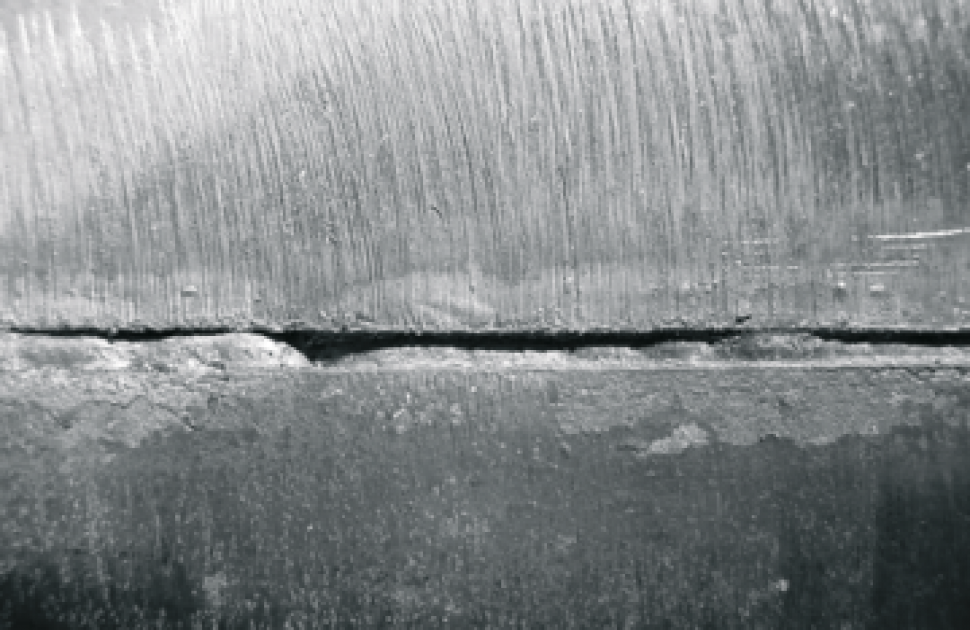Preventing Weld Undercut: Proven Methods Every Welder Should Know
Preventing Weld Undercut: Proven Methods Every Welder Should Know
Blog Article
A Comprehensive Overview to Identifying, Averting, and Dealing With Undercut Welding Troubles in Your Welding Tasks
In the world of welding, experiencing undercut concerns is a common obstacle that can jeopardize the architectural stability and total high quality of your welding tasks. Comprehending the origin behind undercut welding, having the ability to precisely find it in your welds, and implementing reliable preventative procedures are critical abilities for any welder. In addition, having the understanding and methods to rectify undercut troubles when they do occur can make a significant difference in the final result of your welding endeavors. Remain tuned as we explore the essential elements of determining, avoiding, and repairing undercut welding problems, giving you with beneficial insights and strategies to boost your welding abilities to the following degree.
Common Root Causes Of Undercut Welding
Undercut welding, a common problem in welding procedures, can be created by different elements that need to be meticulously determined and resolved to make sure the stability of the weld joint. One of the main reasons of undercut welding is excessive warmth input.
Another usual root cause of undercut welding is incorrect welding technique. Poor adjustment of the welding torch or gun, inaccurate angle or distance in between the torch and the work surface, or inconsistent traveling rate can all add to the formation of undercut. Additionally, using the wrong welding consumables or electrode dimension for a particular joint arrangement can cause undercut problems. Determining these root causes and implementing restorative procedures is essential in preventing and remedying undercut welding issues in welding tasks.
Identifying Undercut in Welds

To recognize undercut properly, appropriate lights and magnifying devices are necessary to examine the weld joint thoroughly. Utilizing tools such as a welding gauge or a magnifying glass can help in identifying even the tiniest undercut blemishes. In addition, running a finger or a finger nail along the weld joint can often disclose undercut, as the useful site surface may feel irregular or have a dip where the undercut exists.
Safety Nets for Undercut
Having a deep understanding of the reasons of undercut in welds permits for the implementation of reliable preventive measures to keep weld quality and honesty. These settings should be enhanced to stop excessive warmth input, which can lead to undercut formation.

Strategies for Repairing Undercut

Boosting the welding current or minimizing the travel speed can help fill up in the undercut. In addition, altering the welding strategy from a push to a drag or vice versa can also aid minimize undercut.
One more strategy is to utilize a weaving activity while welding to ensure appropriate sidewall blend and fill in the undercut. By oscillating the welding arc from side to side within the weld joint, the welder can transfer more filler material into the undercut locations, efficiently eliminating the problem.
In addition, grinding out the undercut and rewelding the joint can be a viable remedy for much more serious undercut concerns - Preventing weld undercut. This process includes getting rid of the undercut section, preparing the base metal, and afterwards rewelding the joint with correct welding criteria and methods to protect against undercut from reoccurring

Specialist Tips for Staying Clear Of Undercut
Utilizing appropriate welding strategies and maintaining control over crucial welding parameters are More Info crucial methods for welders intending to prevent undercut in their weld joints. Additionally, choosing the appropriate welding process and filler steel for the details application can help prevent undercut. Maintaining a constant traveling speed throughout the welding process is one more crucial suggestion to stop undercut.
Conclusion
In final thought, recognizing, preventing, and repairing undercut welding issues in your welding tasks is essential for guaranteeing resilient and solid welds. Preventing weld undercut. By understanding the common root causes of undercut, being able to determine it in welds, carrying out safety nets, and utilizing proper techniques for dealing with undercut, you can avoid potential issues and create high-quality welds. Following professional suggestions for preventing undercut can assist you improve your welding skills and produce better cause your tasks
Undercut welding, an usual problem in welding processes, can be created by different aspects that need to be thoroughly determined and dealt with to make sure the stability of the weld joint. Additionally, running a finger or a finger nail along the weld joint can occasionally disclose undercut, as the surface area may feel irregular or have a dip where the undercut exists.
Using proper welding techniques and keeping control over vital welding specifications are important strategies for welders aiming to protect against undercut in their weld joints.In final thought, identifying, preventing, website link and taking care of undercut welding issues in your welding projects is critical for making sure strong and sturdy welds. By recognizing the usual causes of undercut, being able to determine it in welds, implementing preventive steps, and using correct techniques for dealing with undercut, you can stay clear of prospective issues and develop top notch welds.
Report this page